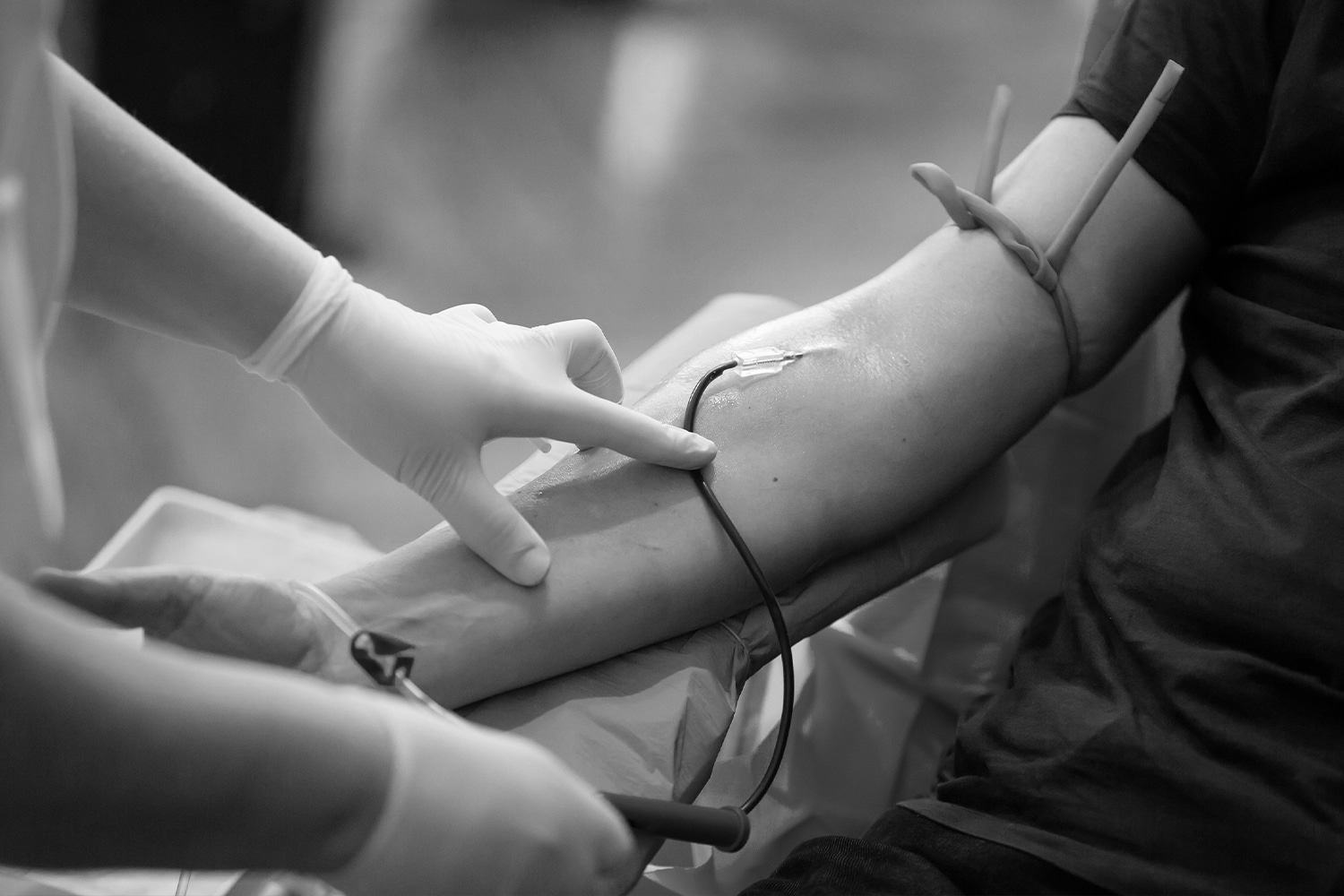Top Guidelines Of Northeast Medical Institute - New Haven Campus Phlebotomy Course & Cna Class
Top Guidelines Of Northeast Medical Institute - New Haven Campus Phlebotomy Course & Cna Class
Blog Article
The 9-Second Trick For Northeast Medical Institute - New Haven Campus Phlebotomy Course & Cna Class
Table of ContentsAbout Northeast Medical Institute - New Haven Campus Phlebotomy Course & Cna ClassSome Known Details About Northeast Medical Institute - New Haven Campus Phlebotomy Course & Cna Class Some Of Northeast Medical Institute - New Haven Campus Phlebotomy Course & Cna ClassAll About Northeast Medical Institute - New Haven Campus Phlebotomy Course & Cna ClassRumored Buzz on Northeast Medical Institute - New Haven Campus Phlebotomy Course & Cna ClassOur Northeast Medical Institute - New Haven Campus Phlebotomy Course & Cna Class Diaries
The use of such tools need to be accompanied by other infection prevention and control practices, and training in their use. Not all security gadgets are suitable to phlebotomy. Prior to picking a safety-engineered tool, users must extensively examine available devices to determine their suitable use, compatibility with existing phlebotomy techniques, and effectiveness in safeguarding staff and patients (12, 33).For settings with reduced resources, cost is a motoring element in purchase of safety-engineered devices. Where safety-engineered tools are not offered, experienced use of a needle and syringe is appropriate.
labelling); transport problems; analysis of results for professional administration. In an outpatient department or facility, provide a specialized phlebotomy work area containing: a tidy surface area with two chairs (one for the phlebotomist and the other for the client); a hand laundry basin with soap, running water and paper towels; alcohol hand rub. In the blood-sampling room for an outpatient department or clinic, provide a comfortable reclining sofa with an arm remainder.
The 9-Second Trick For Northeast Medical Institute - New Haven Campus Phlebotomy Course & Cna Class
Guarantee that the indicators for blood tasting are clearly specified, either in a composed protocol or in recorded instructions (e.g. in a research laboratory type). At all times, adhere to the techniques for infection avoidance and control noted in Table 2.2. Infection avoidance and control techniques. Gather all the tools needed for the treatment and place it within secure and easy reach on a tray or cart, guaranteeing that all the things are clearly visible.
Where the client is adult and aware, follow the steps outlined below. Introduce yourself to the individual, and ask the person to state their full name. Check that the lab type matches the individual's identification (i.e. match the patient's information with the laboratory form, to make sure exact recognition). Ask whether the license has allergic reactions, phobias or has ever passed out during previous shots or blood draws.
Make the patient comfortable in a supine placement (if feasible). The patient has a right to reject an examination at any type of time before the blood tasting, so it is crucial to guarantee that the client has actually understood the treatment - Phlebotomy Courses.
The 5-Minute Rule for Northeast Medical Institute - New Haven Campus Phlebotomy Course & Cna Class
Expand the person's arm and examine the antecubital fossa or forearm. Find a blood vessel of an excellent size that is noticeable, straight and clear.
DO NOT place the needle where blood vessels are drawing away, since this increases the possibility of a haematoma. The blood vessel needs to be noticeable without applying the tourniquet. Situating the vein will help in establishing the proper dimension of needle. Use the tourniquet regarding 45 finger sizes above the venepuncture website and re-examine the vein.
Specimens from central lines carry a threat of contamination or incorrect laboratory examination results. It is appropriate, but not suitable, to draw blood samplings when first introducing an in-dwelling venous tool, before linking the cannula to the intravenous fluids.
The Basic Principles Of Northeast Medical Institute - New Haven Campus Phlebotomy Course & Cna Class
Failing to enable adequate get in touch with time increases the risk of contamination. DO NOT touch the cleaned website; in certain, DO NOT put a finger over the capillary to lead the shaft of the subjected needle.
Ask the person to create a fist so the capillaries are extra prominent. Get in the blood vessel swiftly at a 30 level angle or much less, and proceed to introduce the needle along the vein at the simplest angle of entry - Phlebotomy Classes. When adequate blood has been collected, launch the tourniquet BEFORE withdrawing the needle
Northeast Medical Institute - New Haven Campus Phlebotomy Course & Cna Class Fundamentals Explained
Take out the needle gently and apply mild pressure to the website with a clean gauze or dry cotton-wool sphere. Ask the patient to hold the gauze or cotton woollen in area, with the arm prolonged and elevated. Ask the client NOT to flex the arm, because doing so creates a haematoma.

The Best Strategy To Use For Northeast Medical Institute - New Haven Campus Phlebotomy Course & Cna Class
Do not press the syringe bettor since added stress increases the danger of haemolysis. Where possible, keep the tubes in a rack and relocate the shelf in the direction of you. Inject downwards into the appropriate coloured stopper. DO NOT eliminate the stopper since it will release the vacuum. If the sample tube does not have a rubber stopper, inject incredibly slowly into the tube as decreasing the stress and rate used to move the sampling lowers the threat of haemolysis.

Report this page